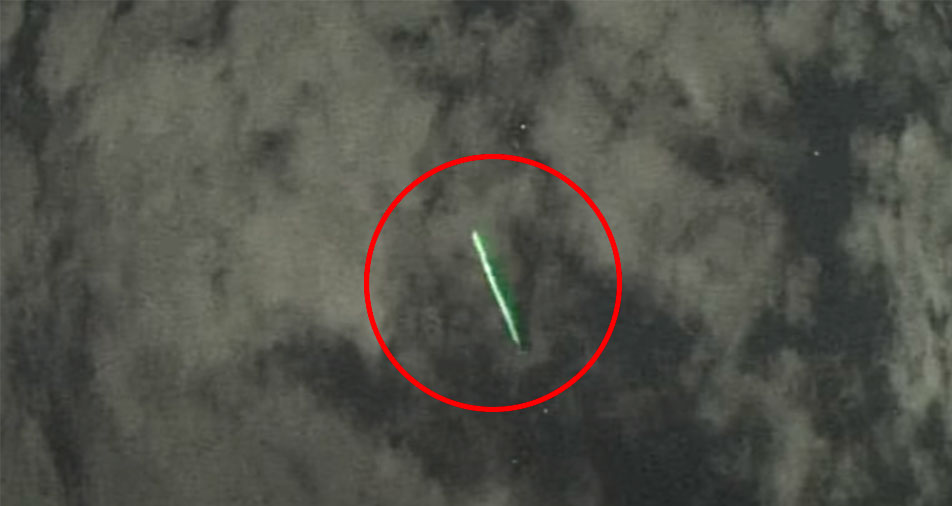
Space Lasers
A Japanese astronomer has spotted fascinating green streaks of light passing through a cloudy sky — footage that, as it turns out, has a fascinating extraterrestrial explanation.
Using motion-detecting cameras, Hiratsuka City Museum curator and amateur astronomer Daichi Fujii recorded the green pulsing lines shooting across the cloudy night sky on September 16, 2022.
By comparing his mysterious footage to orbital data, Fujii figured out the green flashes belonged to NASA’s Ice, Cloud and Land Elevation Satellite 2, or ICESat-2, which had passed over Japan that fateful night.

Right Time, Right Place
In fact, according to a NASA statement, it’s the first time the satellite’s green laser pulses have been spotted from the Earth’s surface — for a good reason.
“ICESat-2 appeared to be almost directly overhead of him, with the beam hitting the low clouds at an angle,” said Tony Martino, ICESat-2 instrument scientist at NASA’s Goddard Space Flight Center, in a statement. “To see the laser, you have to be in the exact right place, at the right time, and you have to have the right conditions.”
The satellite, which was launched into orbit back in 2018, uses laser light to get an exact measurement of the height of the Earth’s ice, water, and land surfaces. The laser fires 10,000 times a second, shooting six beams of light to Earth. By measuring how long it takes for individual photons to bounce back to the satellite, it can get a precise snapshot of the landscape below.
Researchers initially believed that a different epic display of green lasers being shot into the night sky, recorded by the Subaru-Asahi telescope star camera in Hawaii back in January, was also caused by NASA’s ICESat-2. But as it later turned out, the display, which occurred months after Fujii recorded his encounter, was likely caused by China’s Daqi-1 pollution-tracking satellite, not the ICESat-2.
Nonetheless, the fact that Fujii was able to capture these pulses on video is an exceedingly rare event, something only made possible thanks to the clouds scattering the laser’s light.
The pulses also aren’t very bright. According to Martino, they’re the equivalent of a camera flash firing more than 100 yards away.
More on space lasers: NASA Satellite Shoots Wall of Green Lasers Down to Earth